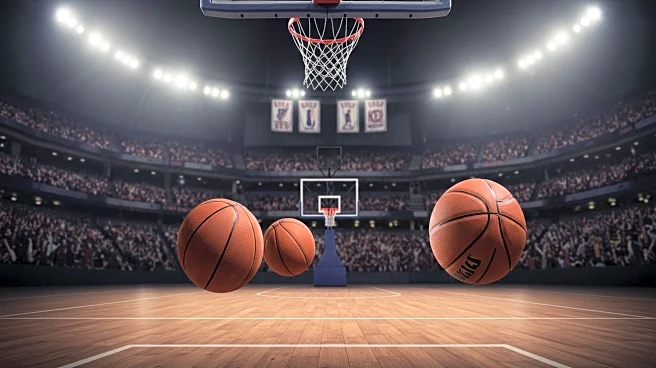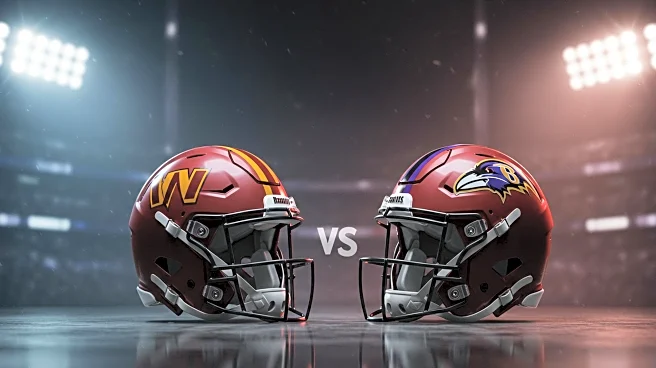Rapid Read • 8 min read
The NBA has announced an unprecedented expansion of its broadcasting schedule for the 2025-26 season, featuring 247 national games across NBC, ABC, ESPN, Peacock, Prime Video, and the ESPN App. This marks a significant increase from the previous season's 172 national games. NBC returns to NBA coverage, while Amazon Prime Video joins as a primary broadcaster, alongside Disney's continued partnership through ABC and ESPN. The league aims to provide fans with national games every night of the week, enhancing accessibility and viewing options. Key events such as Christmas Day games and Martin Luther King Jr. Day will feature multiple games across these platforms, ensuring comprehensive coverage throughout the season.
AD
This expansion reflects the growing value of live sports in the media landscape, with the NBA's new broadcasting deals totaling $77 billion over 11 years. The shift highlights the increasing demand for sports content and the strategic importance of securing broadcasting rights. The inclusion of streaming platforms like Peacock and Prime Video addresses the preferences of younger audiences who favor digital access over traditional cable. This move is expected to broaden the NBA's reach, offering more flexibility and options for fans to engage with the sport. The return of NBC and the end of TNT's domestic coverage mark significant changes in the broadcasting landscape, impacting how fans experience NBA games.
Fans can anticipate a more integrated viewing experience, with the NBA App serving as a central hub to guide them to the appropriate live streams. The league's focus on accessibility and flexibility suggests potential growth in viewership and fan engagement. As the season progresses, stakeholders will likely monitor the impact of these changes on audience numbers and fan satisfaction. The shift towards streaming and free-to-air broadcasts may influence future negotiations and partnerships within the sports broadcasting industry.
The transition to a more digital-centric broadcasting model raises questions about the long-term implications for traditional cable networks and the evolution of sports media consumption. The emphasis on streaming services aligns with broader trends in media, where digital platforms increasingly dominate. This shift may also affect advertising strategies and revenue models, as broadcasters adapt to changing viewer habits. The NBA's approach could serve as a blueprint for other sports leagues seeking to modernize their broadcasting strategies.
AD
More Stories You Might Enjoy










